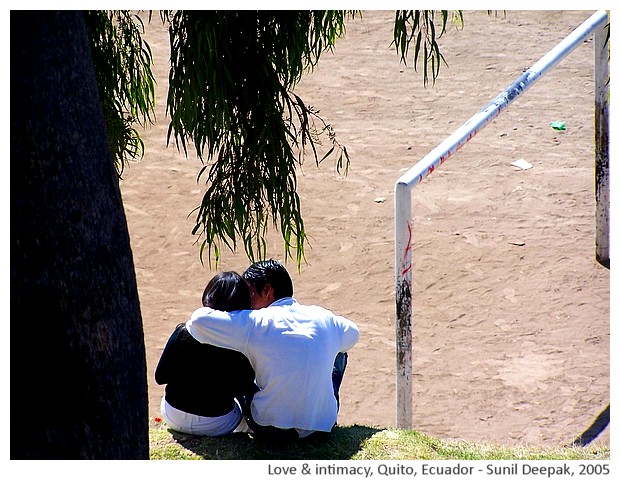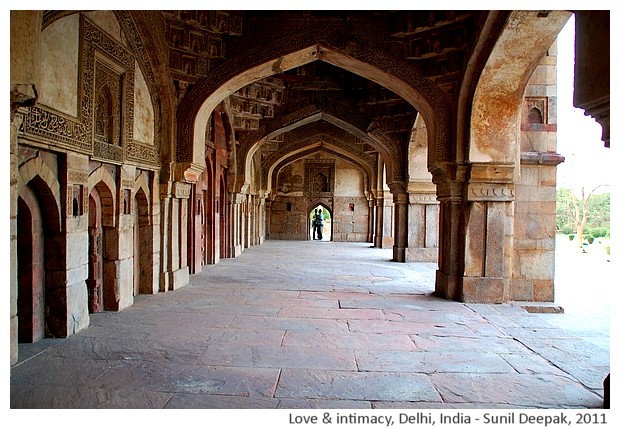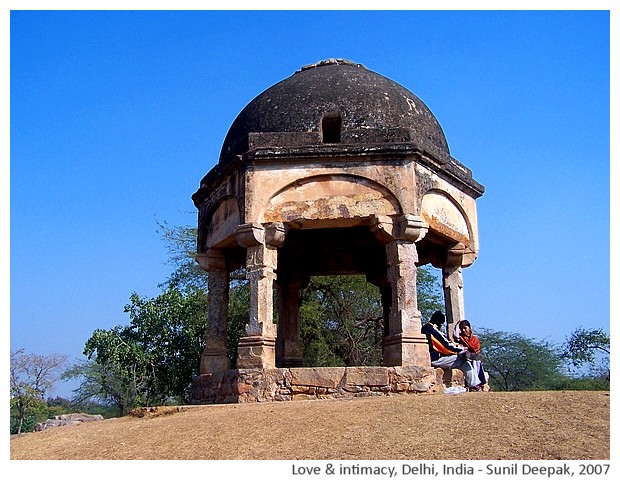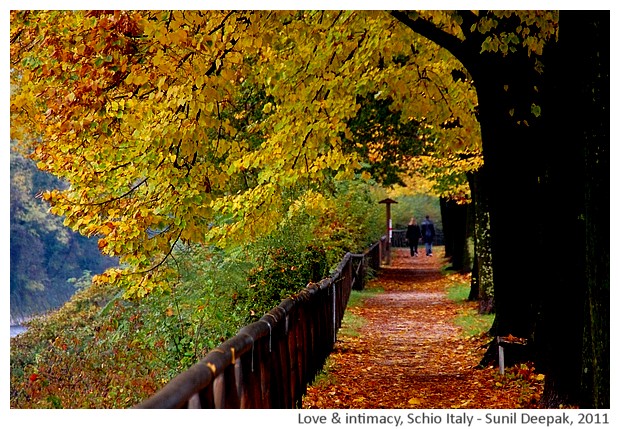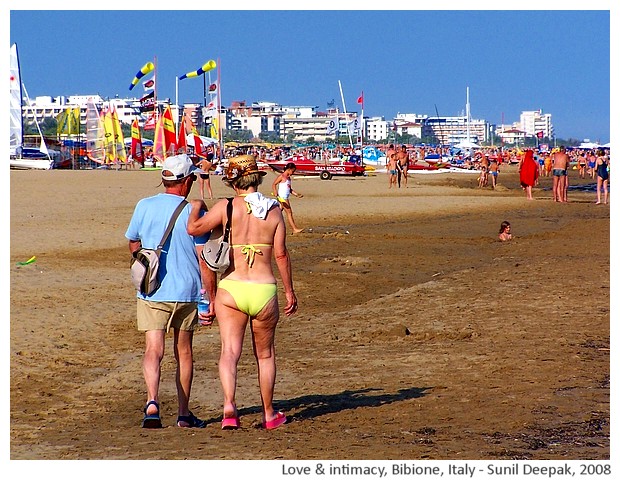Reading about the meanings and significance of the figures & inscriptions on Indus Valley seals is one of the enduring areas of my interest. It all started a couple of decades ago when I read some papers by Prof. Maurizio Tosi, head of archaeology department of Bologna university, and one of his researchers, Dennys Frenes. I have already written about it many times, especially in my Hindi blog.
Since then, every time someone claims to have understood those figures and signs from the Indus Valley, I try to read their papers. Most such papers are written by people who are passionate about the subject but do not have formal training to do such analysis.
This post is about a new paper by Bharath Kumar (Yajnadevam) on the deciphering of Indus Valley inscriptions, which seems interesting.
Yajnadevam Paper on Indus Valley Language
The researcher uploaded a 99 pages long paper titled "A cryptanalytic decipherment of the Indus script" on Academia website on 13 Nov. 2024. In the summary of this paper, he explains that through cryptographic analysis, he has found that "Indus script is a proto-abugida segmental" language, which means that it is a writing system that groups consonants and vowels into units.
He also explains that "Indus inscriptions are in grammatically correct post-Vedic Sanskrit" and through his analysis of more than 500 signs, he provides their understandable meanings. He also shows connections between the Indus Valley and the Brahmi scripts.
The Indus Valley alphabet is in allographs, which means that each letter of the alphabet can have some or many variations. I think that developing allographs over long periods and vast territories is to be expected, because there were no printing presses and scripts needed to be copied manually. Sometimes the allographs can be also be made for practical reasons by making conscious changes in the way some letters are written (for example, related to the surface of writing materials).
One difficulty of deciphering Indus Valley inscriptions has been the short number of signs in the Indus Valley seals - the median inscription length is about 5 signs and there are only about 50 inscriptions that are 10 signs or longer.
Yajnadevam explains that the oldest inscriptions are about 6000 years old, while the most recent ones are about 1700 years ago, and among the more recent ones, Indus Valley signs are sometimes mixed with Brahmi script signs. He also mentions a 3500 years old inscription in Belpahar, Odisha (Vikramkhol cave), which is half-way between Indus Valley and Brahmi scripts. About 83% of the inscriptions are from right to left.
Allographs of specific signs can lead to mistakes of 2 kinds - two different signs may be thought of as allograph of same sign; and, allographs of same sign can be interpreted as two different signs.
He underlines similarities between Indus Valley to Gupta period seals, and links them with specific shlokas from the Vedas. For example, he writes, "The contents of the Indus inscriptions are similar to Janapada coins and Gupta-era seals that they resemble. Long seals seem to use a concise Vedic concept as a motto or slogan." At the same time, he looks for origins from other languages such as Sumerian and old Akkadian.
The image below, presents the different allograph variations for some of the alphabet characters from his paper (click on images for a bigger view).
He concludes his paper with the following: "This is the only cryptanalytic decipherment and the only one that uses well-established mathematical models and methods instead of guessing sign values based on their appearance. This decipherment is the only full decipherment and the only one where every sign and every stroke has been resolved, the only one that is programmatically reproducible, the only one where the decipherment can be followed sign-by-sign by the reader ... We also show how the constraints and habits of the Indus script carry on to Brahmi inscriptions of the early historic era."
The image below, presents his analysis of a standardised Indus Valley alphabet, along with Brahmi and Devnagari alphabets from this paper. You can draw your own conclusions if there are similarities between the 3 alphabets - personally, I am struck by the similarities in the 3 alphabets for different letters. I am also struck by his assertion that this analysis provides meaningful results for the all the epigraphs he has looked at.
In Conclusion
This paper on the decipherment of the Indus Valley script is almost 100 pages long, out of which around 50 pages are descriptions of individuals inscriptions. I do not have the domain-skills needed to judge its scientific validity.
Probably, over the coming months and years, linguists, philologists and experts of Indus Valley civilisation will look at it and decide if his ideas and results make sense. Many years ago, I remember reading a somewhat similar understanding of the Indus Valley seals in a paper by Ms Rekha Rao on Academia, in which she had proposed that the unicorns on the seals were representations of the Vedic priests.
I am not sure how reliable can be papers uploaded on Academia, without being presented on a peer-reviewed journal. I do hope that Mr Bharat Kumar (Yajnadevam) is working on such a paper for a peer-reviewed journal.
We have limited understanding about the languages and cultures of people living under Indus Valley civilisation. It will be good for someone to finally solve this riddle, so that even from the limited seals and inscriptions, we can learn more about that period of India's history.
With AI, many persons have started saying that AI will help us in understanding Indus Valley script. I am not sure that AI has already reached such a level of expertise. However, AI may also help in expanding the findings of researchers and making sense out of them.
*****
PS: On the social media, there are other persons raising questions about Yajnadevam's decipherment of IVC seals. For example, Nityanand Mishra has presented some arguments against it: "I have read parts of YD's paper, his proposed decipherment, and his readings and translations of the IVC inscriptions. While the effort is commendable, some assumptions are questionable. As for the results, they are far from convincing. The deciphered texts do not look like natural expressions or statements in either Vedic or post-Vedic Sanskrit. Sivasenani Nori (a traditional scholar of Sanskrit) made the same observation on the bvparishat list a few months ago: "I glanced at the Sanskrit sentences and they don't sound anything like in Veda or the classics." On the INDOLOGY list too, YD's work has received negative comments. I would like to see if any Vedic or Sanskrit scholar of note has a positive view of the decipherment purely from the perspective of Vedic or post-Vedic Sanskrit. I also found YD's translations to be inaccurate at many places. ... Without a review by peers, it is difficult to buy a new theory. Rememeber Rishi Rajpopat's claim of cracking a 2,500-year-old Sanskrit puzzle. More than two years have passed, the claim still has few takers. The decipherment of Brahmi and Kharoshthi by James Princep (whose decipherment was aided by linguists and built on work of several epigraphists) is universally accepted because there is no doubt about the deciphered readings not being natural expressions or sentences in Sanskrit, Prakrit, Pali, etc. This cannot be said, unfortunately, about YD's proposed decipherment."























